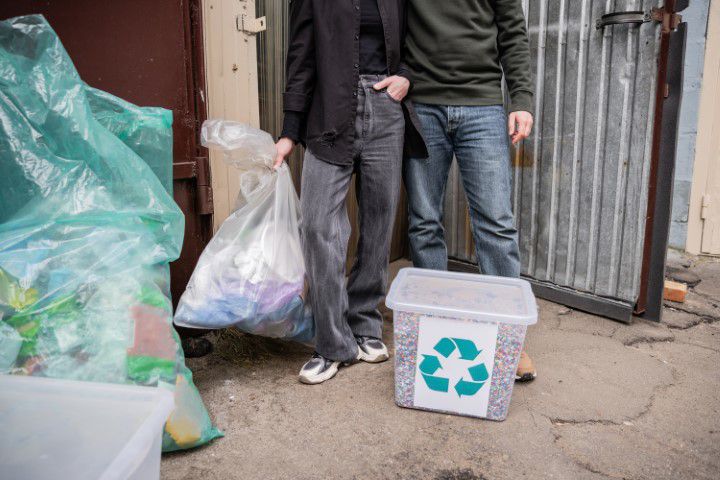- Donation Locations
arrow_drop_down
- By City
arrow_drop_down
- By Company
arrow_drop_down
- By City
- Map
- News
- About
- Contact
How fast fashion affects charity bins in Australia
Fast fashion isn’t just about trendy clothes at bargain prices—it’s a whole cultural shift that’s shaking up the way we think about clothing. And while it might seem like a win-win for consumers, it’s causing some serious ripples in the world of charity bins around Australia.
Let’s unpack this. Fast fashion has made clothes more accessible and affordable than ever before. With new styles hitting the shelves every week, it’s easy to get caught up in the cycle of buying, wearing once or twice, and then tossing aside for the next big thing. This “wear it today, chuck it tomorrow” mentality means charity bins are overflowing with donations – causing havoc for many of the charitable organisations across the country and even leading some people to go dumpster-diving with horrendous consequences.
On the surface, this might seem like a good thing. More donations mean more clothes for people in need, right? Well, not exactly. You see, a lot of these donations aren’t exactly top quality. Fast fashion often means fast production, which translates to clothes made quickly and cheaply. And when clothes are made to be disposable, they’re not built to last.
So, what does this mean for charity bins? It means they’re getting inundated with clothes that are, frankly, kinda crappy. We’re talking flimsy fabrics, wonky stitching, and zippers that give out after a couple of wears. Sure, they might look cute on the rack, but they’re not exactly built to stand the test of time.

And that’s not the only problem. Fast fashion also has a dirty little secret: it’s terrible for the environment. With clothes being churned out at lightning speed, there’s a mountain of waste piling up. And while charity bins are supposed to be a way to give clothes a second life, when they’re full of cheap, low-quality stuff, it’s harder to make that happen.
So, where do we go from here? Well, it starts with us—the folks buying the clothes. We can be more mindful about what we’re buying and donating. Instead of going for the cheapest option, we can invest in clothes that’ll last longer and donate stuff that’s still in decent shape.
But it’s not just up to us. Charity bins can also do their part. They can set some guidelines for donations to make sure they’re getting quality stuff. Plus, they can team up with other players in the fashion world to promote more sustainable practices.
It’s a bit of a mess right now, but with a bit of effort from everyone involved, we can make sure charity bins keep doing their thing and helping out those who need it most. Because at the end of the day, isn’t that what it’s all about?

James Pilon is a born and bred Australian, coming from the coastal town of Albany in Western Australia. He’s passionate about the environment and regularly volunteers at his local op shop.
